New Boston Historical Society
New Boston, New Hampshire
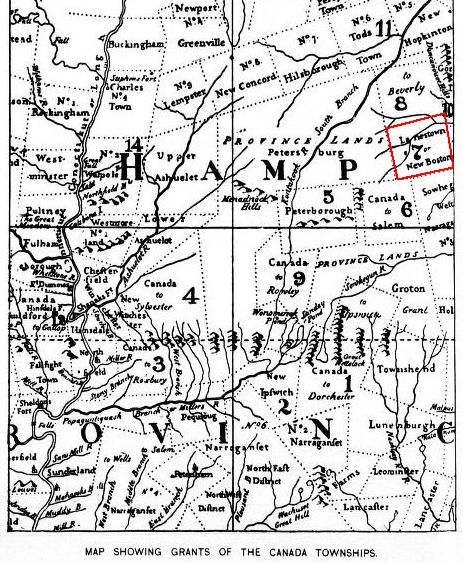
Spanish Treasure and the Canada Townships
During a long, cold New Boston winter it is pleasant to contemplate the Caribbean, with warm breezes blowing over sun-dappled waves - and sunken treasure!In 1641, a Spanish galleon ran aground on a coral reef in the Caribbean. Its treasure of silver coins which scattered among the coral was so great that the area of the shipwreck is known today as the "Silver Bank", just north of the Dominican Republic.
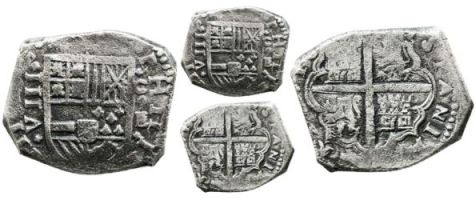
I first encountered the name "William Phips" while I was researching the early years of the town. I read this passage in Elliott Cogswell's 1864 "History of New Boston":
"...it is probable that the grant of this town is connected with one of the most remarkable events in the history of New England. It will be remembered that in 1690 the Province of Massachusetts undertook an expedition, under the command of Sir William Phipps, in the conquest of Canada, for the purpose of securing the Colonies against the frequent incursions of the Indians, at the instigation of their French allies."Cogswell may have remembered what Sir William Phips did in 1690, but I had never heard of the man or his invasion of Canada so I kept reading to see what this had to do with New Boston.
I learned that Sir William led a disastrous expedition of Massachusetts men to attack the French in Quebec City. He lost many men and ships, and this costly enterprise left the Province of Massachusetts with £50,000 in debts it could not pay. To discharge its obligations to the survivors of the Quebec expedition and their descendants, around 1735 Massachusetts issued land grants to these men. The towns which were established by these grants are called "Canada Townships". There were eight in what is now New Hampshire, including Beverly Canada (now Weare), Salem Canada (now Lyndeborough and Wilton) and Cambridge Canada (now New Boston).
I highlighted New Boston in the map at the top of this page. Other nearby Canada Townships include Gorham Canada (Dunbarton) and Rand's Canada (Peterborough).
According to Cogswell, the township of New Boston received its first grant due to William Phips' defeat at Quebec. I wondered "Why was Sir William, a man who had no military training, put in charge of 2,000 men and 34 ships to invade Canada?" This page will tell the story of William Phips, a Spanish shipwreck, and the Battle of Quebec.
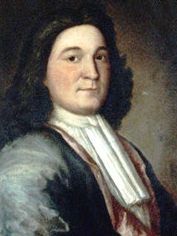
The Life of Sir William Phips
Chapter 1: Spanish Treasure
Phips worked as a shipbuilder in Maine and then in Boston, married well, and became a sea captain. Captain Phips made many voyages to the West Indies, and heard stories of sunken treasure from the wrecks of the Spanish galleons which had been carrying gold and silver from the New World to Spain since the time of Columbus. In his early thirties, Phips decided to become a treasure hunter. He had modest success in his first expedition to the Bahamas and used this experience plus some well-connected friends to get financial backing from King Charles II of England for another voyage. Phips borrowed a 20-gun frigate from the Royal Navy and sailed to Boston harbor where he spent the winter of 1683-1684. His crew got drunk every night and fired on other ships in the harbor(!) so Phips had to leave Boston.
Captain Phips sailed to the Bahamas, found very little treasure, survived an attempted mutiny by his crew, and returned to England in 1685. The expedition was a failure, except that Phips had picked up some information about the location of a particularly valuable shipwreck.
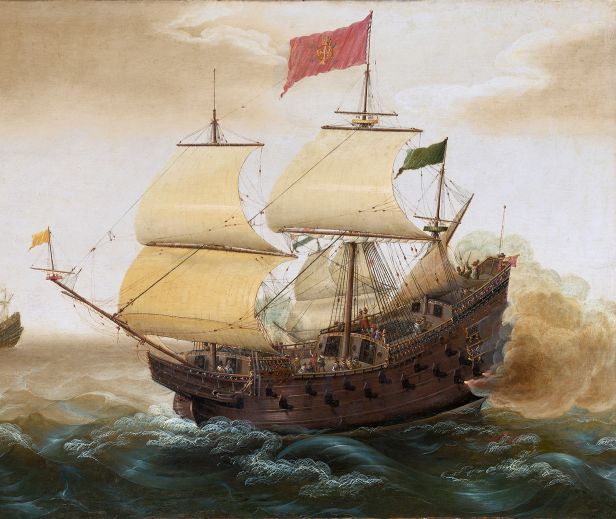
A Spanish galleon similar to the "Nuestra Señora de la Concepción"
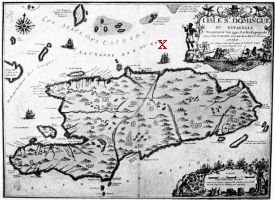 Some of the crew remained on the wreck and were never seen again.
Others made rafts from some of the wreckage, and almost two hundred of these brave men made it to safety.
The Concepción and its treasure of millions of silver pesos disappeared beneath the waves.
Some of the crew remained on the wreck and were never seen again.
Others made rafts from some of the wreckage, and almost two hundred of these brave men made it to safety.
The Concepción and its treasure of millions of silver pesos disappeared beneath the waves.
Over the next few decades, many attempts to locate the wreck and its cargo were made by the Spanish Crown and by English and Dutch adventurers. These were unsuccessful. However, on his way from the Caribbean to England after his unsuccessful voyage, William Phips somehow learned of where the Concepción might be. It is believed that he met an ancient survivor of the wreck in a seaport tavern.
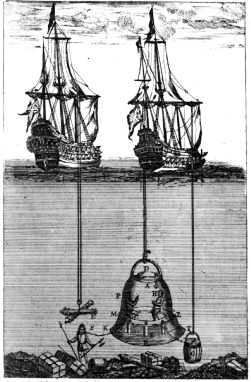 It is not known how Phips managed to convince English investors including the Duke of Albemarle to finance another expensive expedition to the Caribbean based on a rumor of a shipwreck's possible location. He must have been persuasive.
Late in 1686 William Phips sailed for the island of Hispaniola (now Haiti and the Dominican Republic) with two ships and their crews, provisions and diving equipment. And in January of 1687, Phips' men found the wreck site.
It is not known how Phips managed to convince English investors including the Duke of Albemarle to finance another expensive expedition to the Caribbean based on a rumor of a shipwreck's possible location. He must have been persuasive.
Late in 1686 William Phips sailed for the island of Hispaniola (now Haiti and the Dominican Republic) with two ships and their crews, provisions and diving equipment. And in January of 1687, Phips' men found the wreck site.
Phips and his men worked from February to April 1687 salvaging silver, jewels and some gold from the wreck. Some sources say the crew worked with Indian divers in the shallow waters. Other sources mention a diving bell. The drawing to the left is of a diving bell designed by Edmund Halley in 1691, but Phips would have known of similar technology.
Phips recovered 30 tons of silver worth over £200,000 which was a vast sum of money. Most of this went to the noble sponsors of the expedition when Phips returned to England. The new English King, James II, had not invested in the expedition but claimed a Royal share of the proceeds anyway. Phips' own share, about £12,000, made him a very wealthy man. Phips knew that he had recovered only a small fraction of the treasure which the Concepción had carried, so he returned to the wreck later to find it crawling with other adventurers, none of whom had much success. Eventually the location of the Concepción was forgotten.
Note: In 1978 a modern treasure seeker named Burt Weber located the wreck of the Concepción once again, using information from a ship's log from one of William Phips' voyages. Weber's crew retrieved an estimated thirteen million dollars of treasure.
Let us return to 17th-century England: King James II must have been pleased by the contribution William Phips made to the Royal Treasury. The King knighted Phips and made him the provost marshal general or Sheriff of New England. At age 37, Sir William Phips had reached the pinnacle of success.
The Life of Sir William Phips
Chapter 2: The Invasion of Canada
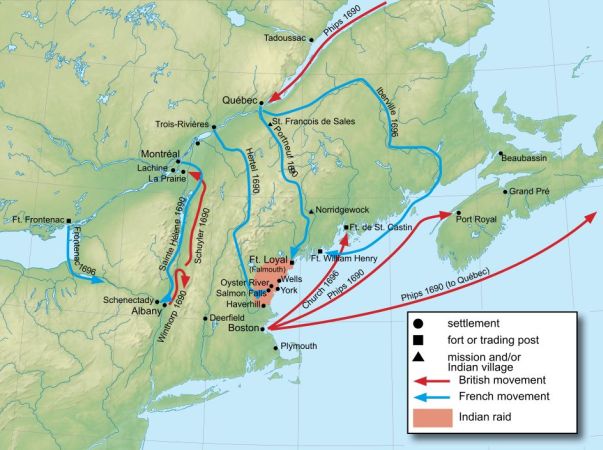 In 1688, war in Europe had its echoes in North America. English colonists and their Indian allies raided villages of Indians allied with the French.
The French and their Indians attacked English settlements and massacred the inhabitants.
While the war in Europe was between professional armies of uniformed soldiers, the war in America frequently involved civilians and brought death or captivity to men, women and children.
In 1688, war in Europe had its echoes in North America. English colonists and their Indian allies raided villages of Indians allied with the French.
The French and their Indians attacked English settlements and massacred the inhabitants.
While the war in Europe was between professional armies of uniformed soldiers, the war in America frequently involved civilians and brought death or captivity to men, women and children.
The map (right) shows some of the major expeditions of King William's War with blue and red arrows. The brown patch shows where Indian raids eliminated most of the English settlements in Maine.
There were reprisals for each attack, and reprisals for these reprisals. The New England colonists demanded action by the Provincial Government against the French who were attacking them directly and through their Indian agents.
The Battle of Port Royal, May 1690
In April of 1690, Sir William Phips sailed from Boston with a fleet of five ships and 700 men. They arrived in Port Royal, the capital of Acadia (now Nova Scotia), in early May.
The unprepared French had 70 soldiers armed with only 19 muskets. Their fortifications were under construction, and their few cannon were not yet ready for action. Outnumbered ten to one, the French had to surrender. Following a dispute over the terms of surrender, the English troops plundered the fort and the town. It has been suggested that Phips needed to acquire plunder by any pretext to recoup the costs of the expedition.
Sir William returned to Boston, where he was greeted as a hero.
The Battle of Quebec
After the victory at Port Royal, the Massachusetts government gave Sir William Phips the command of a more ambitious expedition: to attack Quebec City, the capital of New France. Phips assembled an invasion fleet of 34 ships and 2,000 soldiers. They waited in vain for ammunition to arrive from England, and finally departed Boston on August 20, 1690.
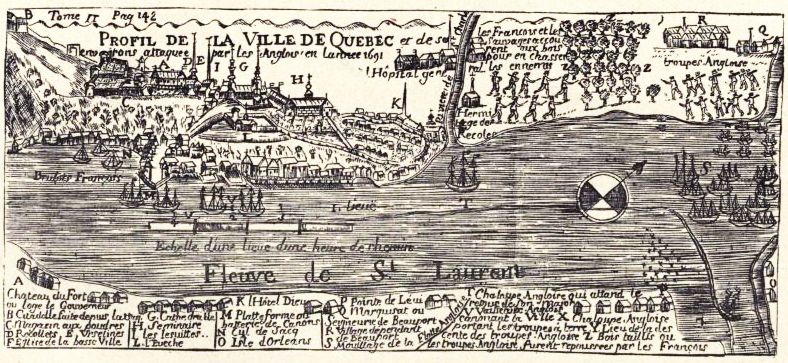
Phips' fleet before Quebec City 1690
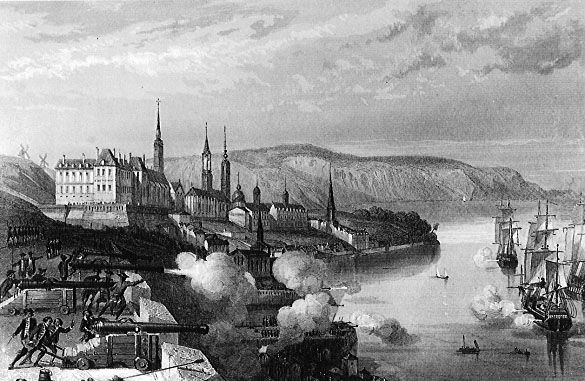 The 67-year-old Frontenac was enraged by this impertinence and wanted to hang Major Savage in view of Phips' fleet, but the Bishop of Quebec restrained him.
Instead, Frontenac sent the envoy back to Phips, saying: "I have no reply to make to your general other than from the mouths of my cannons and muskets."
The 67-year-old Frontenac was enraged by this impertinence and wanted to hang Major Savage in view of Phips' fleet, but the Bishop of Quebec restrained him.
Instead, Frontenac sent the envoy back to Phips, saying: "I have no reply to make to your general other than from the mouths of my cannons and muskets."
Frontenac had a lot of cannons and muskets to help him make his reply. He had just been reinforced by troops from Montreal, who hurried to the defense of Quebec after an attack from New York had fizzled. Quebec City, situated atop steep cliffs, had good natural defenses to which Frontenac had added palisade walls.
Phips had cannon too, but his transport ships mistakenly unloaded field guns on one side of the river and troops on the other side. Phips sailed up the river in his four biggest ships to bombard the city, but they soon ran out of ammunition and were pounded by the French gun batteries.
Phips' battered fleet retreated from Quebec. Sir William had lost a few dozen men in combat with the French; another thousand(!) perished due to smallpox and shipwreck on the return voyage to Massachusetts. Having lost half his men and many of his ships, Phips received a less enthusiastic welcome in Boston than when he returned from his victory at Port Royal.
The Province of Massachusetts Bay had raised £50,000 for the Quebec expedition, and expected its investment to be repaid with plunder from the enemy city, but this did not happen. Phips paid what he could from his own purse. The remaining obligations could not be met, which is why - decades later - land grants like New Boston's were made to the descendants of the Phips expedition.
The Life of Sir William Phips
Chapter 3: The Royal Governor and the Witches of Salem
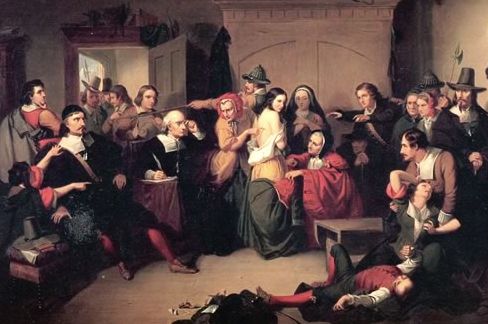 A lesser man would have been discouraged by the spectacular failure of the Quebec campaign, but Sir William was undaunted.
He sailed to to England to raise money for a new expedition against New France. This was not to be. Instead, thanks to Phips' political connections to the influential Puritan minister Increase Mather, Sir William was named the first Royal Governor of the Province of Massachusetts Bay.
A lesser man would have been discouraged by the spectacular failure of the Quebec campaign, but Sir William was undaunted.
He sailed to to England to raise money for a new expedition against New France. This was not to be. Instead, thanks to Phips' political connections to the influential Puritan minister Increase Mather, Sir William was named the first Royal Governor of the Province of Massachusetts Bay.
The new governor returned to Boston in May of 1692 to find over 100 people in prison, charged with witchcraft. Phips established a special court to conduct the notorious witch trials in Salem Village, Ipswich and Andover. By the time Phips stopped the proceedings in October of 1692, eighteen people had been hung as witches and one man was pressed to death by heavy stones during his trial.
Governor Phips had a brief and undistinguished political career. He was quarrelsome and once engaged in fisticuffs with a Captain Short of the King's Navy. Nathaniel Hawthorne wrote of this incident: "There is a furious stamping of feet, and a mighty uproar from every mouth, in the midst of which his Excellency inflicts several very sufficient whacks on the head of the unhappy Short." Phips won that bout, however this was not conduct becoming of a Royal Governor and he was recalled to London. There Sir William Phips died in 1695, eight years after discovering Spanish treasure in the Caribbean.
Conclusion
I was introduced to the story of Sir William Phips by a brief reference in Cogswell's "History of New Boston". Reading of his Quebec expedition explained why New Boston and other towns are called "Canada townships".
Equally illuminating were the stories of many Indian raids during King William's War, the French and Indian War and other periods of strife in the early history of New England, preceding and following the Phips expeditions. These help us understand why it was still unsafe to settle New Boston with its forests criss-crossed by Indian trails in 1735, over 100 years after New Hampshire's first English settlement near the coast in 1623.
- Dan Rothman, New Boston 2013
